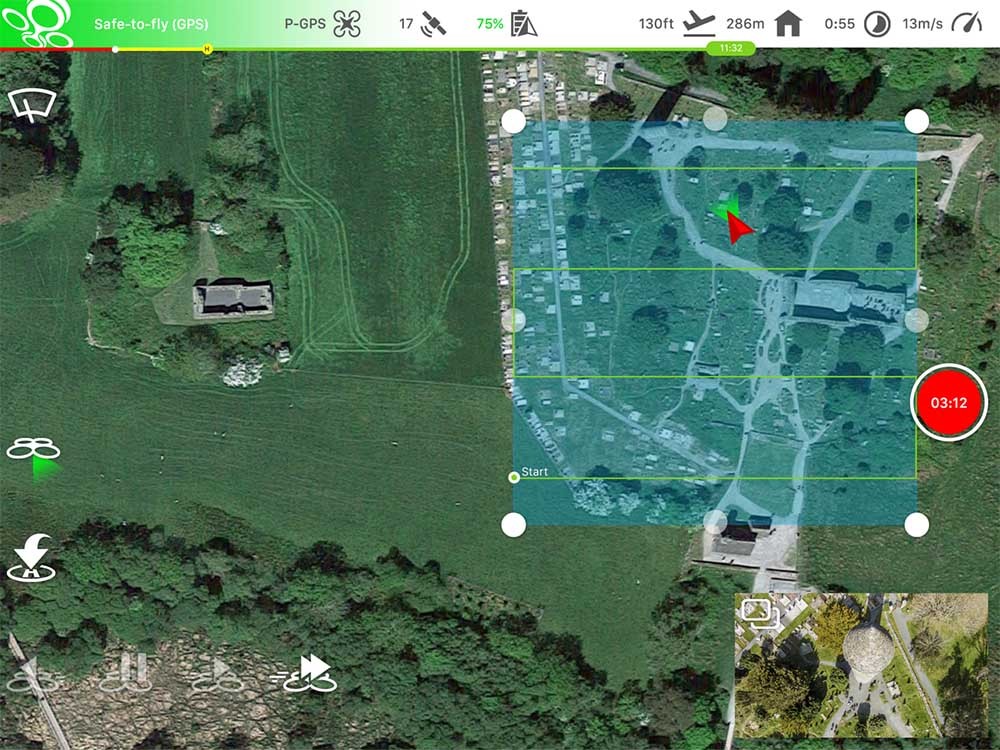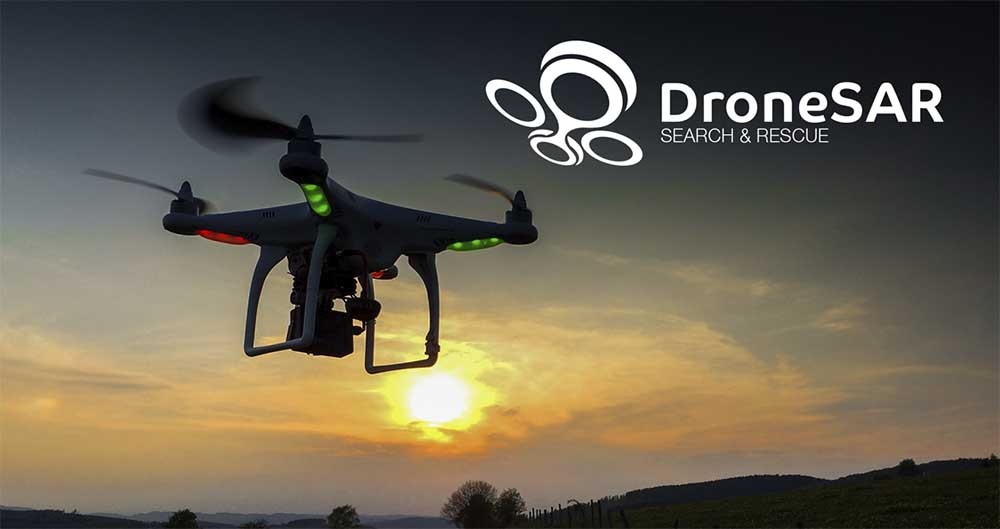
A Co Clare start-up company has teamed up with the world’s leading maker of unmanned aerial vehicles (UAV) to create an application they say will revolutionise search and rescue operations.
DroneSAR has developed a new search and rescue app that seamlessly integrates a drone’s unique aerial perspective on life-and-death searches into incident management software, ensuring rescue crews can use drones effectively to save lives.
DroneSAR can stream live images and video, from a regular or thermal imaging camera, to an incident command centre as well as other rescue teams on the ground.
The software can tag the GPS coordinates of a victim and automatically transmit them by email or SMS, enabling ground crews to reach victims more quickly. Completed search patterns are also recorded and logged for easy handover to oncoming rescue crews.
The app takes into account various types of terrain, allowing the drone to fly patterns to survey an area faster and more effectively. Flight paths can be adjusted for any terrain including hills, mountains, trees or flat land.
The software allows users to choose an automatic aerial search pattern based on variables such as altitude, field of view, battery life and probability of detection.
By organising the process of data collection and providing a framework to manage and analyse it, DroneSAR ensures drones can be used methodically as part of a rescue protocol, allowing personnel to work more safely and effectively.

Co-Founder and CEO of DroneSAR Oisin McGrath said: “Our aim is to save lives. Our software will reduce risk to search teams and reduce search time. If we can save just one life, that is mission success for us at DroneSAR.”
DJI’s Director of Education Romeo Durscher said: “From understanding on how to use the technology, to communicating findings and data, to figuring out the most appropriate tactical approach, first responders can benefit greatly from this software app on our DJI hardware.”
“Many of the tasks and strategies deployed during a search and rescue operation can get sped up with automation, helping to reduce the time it takes to find a victim and save lives,” he added.
The first-of-its-kind software was developed based on research done by DJI in conjunction with the European Emergency Number Association and the Donegal Mountain Search and Rescue team.
The groups found that while a five-person rescue team on foot needs an average of two hours to find a victim in one square kilometre, a drone can do the job in 20 minutes or less while taking additional active steps to achieve a successful rescue.